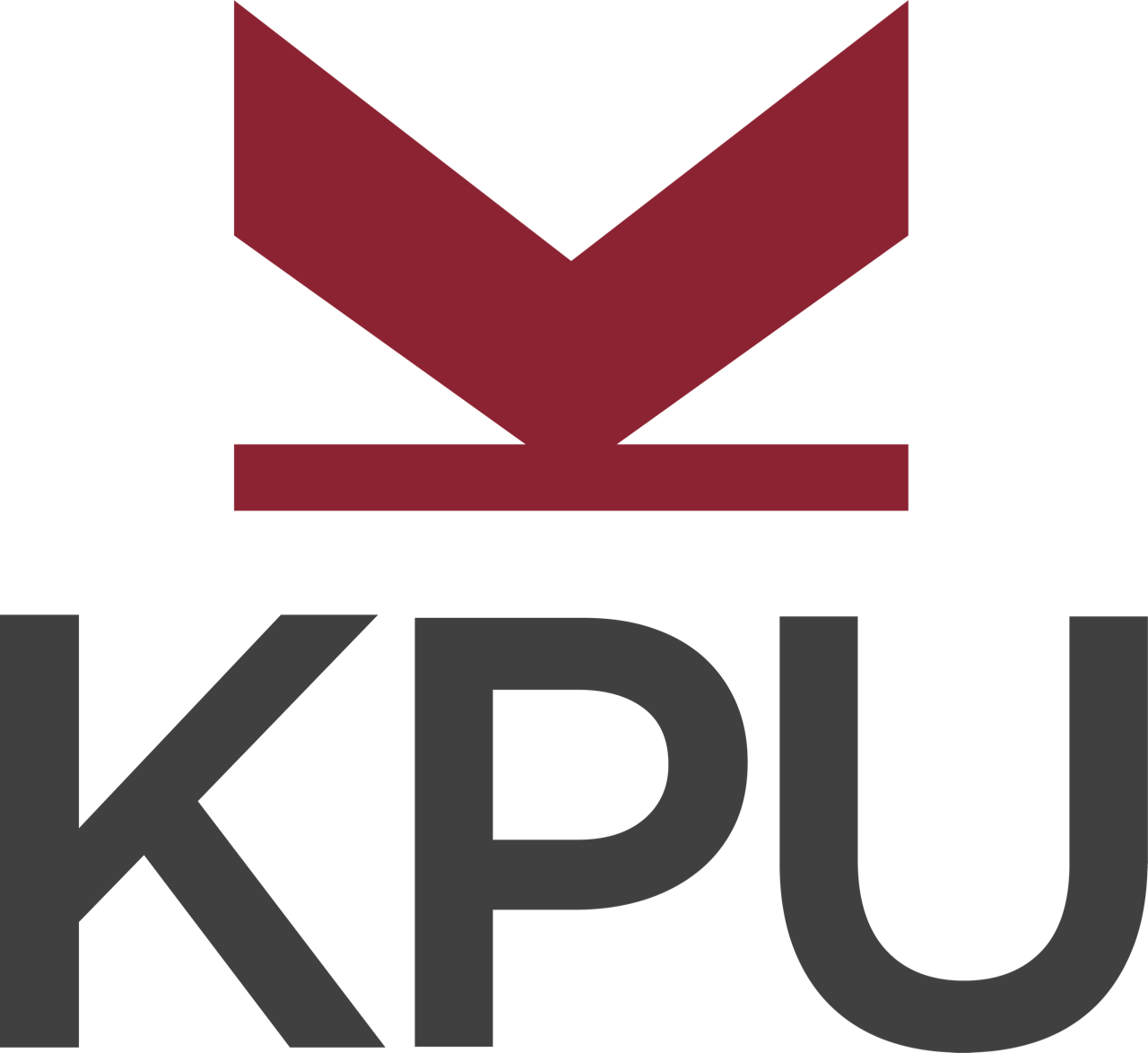1. INTRODUCTION
The purpose of the KPU Program Review Self-Study Guide is to assist those involved in a program review to navigate through the writing of the self-study report smoothly and effectively. The guide describes the information required in a KPU Program Review Self-Study Report. It is organized into chapters that correspond to chapters in the Self-Study Report Template. Each chapter describes the data required and the issues to be addressed. Additional information and issues can be added as appropriate by the program under review.
1. Principles and Purpose of Program Review
As a public institution, KPU has a duty to ensure and report on the quality of its programs. Program Review is the mechanism by which we practice this accountability and communicate it to our community. Program Review at KPU is a faculty-led, collaborative, systematic and evidence-based examination of a program’s quality. It allows for a detailed analysis of a program’s strengths and areas for improvement that result in enhancements to the program. Students, faculty, and alumni are all given an opportunity to provide their perspectives during the review. The program review process allows faculty members to view the program through the perspectives of those it serves. When developing a new program or reviewing an existing 1, it’s important to start at the beginning of the process each time to ensure that what we’re assessing against is aligned to the needs of future graduates in that area of study. The world is changing quickly and anticipating what students might need in the future requires us to look ahead and imagine the possibilities to prepare students to meet them.
Program review adheres to the following principles:
- Formative: the review clearly identifies program strengths and opportunities for development or revision to ensue iterative program improvement.
- Participatory: the review uses input from internal and external stakeholders (i.e., students, graduates, faculty, staff, administration, program advisory committees, licensing or accrediting organizations, and employers, as appropriate).
- Evidence Based: the review follows a standardized, evidence-based methodology.
- Strategic: the review leads to coordinated action that strengthens the program’s ability to support students in achieving the program’s competencies and learning outcomes.
- Accountable: program review reports must be approved by the Senate Standing Committee on Program Review and made available on KPU’s program Review site.
- Iterative: the review draws on previous reviews and recommendations with specific attention to trends and patterns.
Program Review seeks to answer questions such as:
- What is it we say we do?
- What are we actually doing?
- What are we doing well, and how can we do more of it?
- What else should we be doing?
- How well are we meeting the needs of students and others we serve?
- What can we do better?
2. Beginning the Self-Study
The Self-Study is an analysis of the program’s strengths, opportunities for development and challenges which may be unaddressed. It forms the foundation on which the entire program review is based. The Self-Study defines the scope of the review and determines the focus for the external review, the second phase of the program review process, and subsequent strategic planning.
The Self-Study allows a program review team to systematically examine the core aspects of a program: educational design; students’ educational experiences; program-specific services, resources and facilities; and relationships with other programs, units, and the community within and outside of KPU. The Self-Study Report template is guided by KPU’s mandate, mission, VISION 2023, Academic Plan 2023, and Ministry requirements.
The Self-Study facilitates assessment of the heart of a program – its curriculum. A coherent curriculum is fundamental to meaningful learning and student success. It is the lens through which the program review team – the faculty members leading the review – will assess their program and develop an integrated strategy for strengthening their program.
The Self-Study Report contains the following eight chapters:
- Program Overview
- Program Currency and Connections
- Curriculum Review
- Course Design and Delivery Review
- Quality of Services, Resources and Facilities
- Survey Results
- Conclusions and Recommendations
- Responses from the Dean/Associate Dean
Appendices of the Self-Study Report must be submitted as a separate document. The Appendices document for Self-Study reports must include the following OPA-provided reports: Internal Data Report and Student, Faculty, Alumni, and Discipline/Sector Survey Results. Other appendices may be included, as necessary.
The Self-Study Guide provides numerous topics to examine in each chapter, designed to stimulate discussions, insights, and analyses of information and data to ensure a thorough review. Not all topics in each chapter will apply to all programs nor should a program’s review be limited to the topics listed in this guide.
Appropriate sources for the data that should inform the self-study report’s analysis and findings are highlighted throughout the guide.
3. Conclusions and Recommendations
In Chapter 7, the program review team must summarize relevant program strengths and make recommendations for improvements based on the evidence gathered.
- Recommendations should identify the issues or areas needing improvement that will be addressed in future planning; they do not need to provide solutions.
- The rationale for the recommendation should be clear and based on the evidence in the review. Make sure the link to the evidence is clear.
- Focus on actions within the control of the review team; if action is required from elsewhere in the institution, the recommendation should be that the team will seek the relevant external support.

